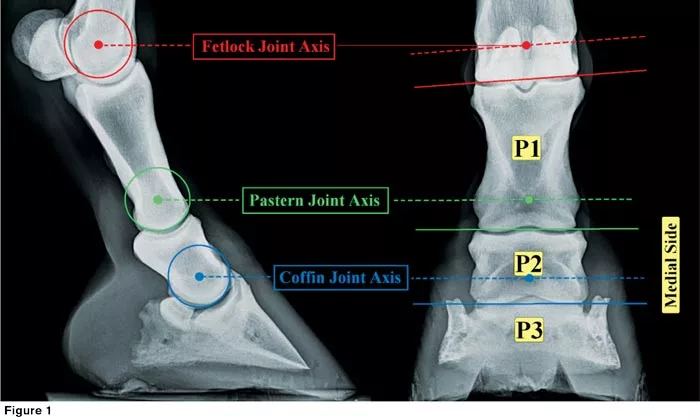American Farriers Journal
American Farriers Journal is the “hands-on” magazine for professional farriers, equine veterinarians and horse care product and service buyers.

Farrier work is a challenging vocation. It’s physically demanding and in some ways requires superhuman vision to anticipate how a change to an external structure (the hoof) will affect the internal structure, such as joints.
Picking up a new client means you are inheriting someone else’s style of shoeing. Depending on the situation, a horse might be coming to you with distorted hooves and you are tasked with fixing it. Add to that the fact that you are also dealing with other factors, such as the way the horse is ridden, bred and its innate conformation.
“It’s far more complicated than people think,” EponaMind’s Monique Craig told attendees at the 2017 International Hoof-Care Summit in Cincinnati, Ohio. “When you get good results you should really be proud of yourself because it’s not outwardly obvious how to trim correctly.”
And what works for one horse doesn’t necessarily work for another. Every horse is an individual so a single “rule” won’t generally work for all horses.
“It is dangerous to create trimming guidelines based only on symmetry and sole landmarks,” she says.
Craig encourages farriers to use an approach that references the bones in the horse’s lower leg as a guide when making trimming and shoeing decisions. When used in combination with radiographs, this can offer insight into the internal structure of a horse’s leg. In the article that follows, Craig explains how using radiographs and the angles of fetlock, pastern and coffin joints can guide trimming and shoeing practices.